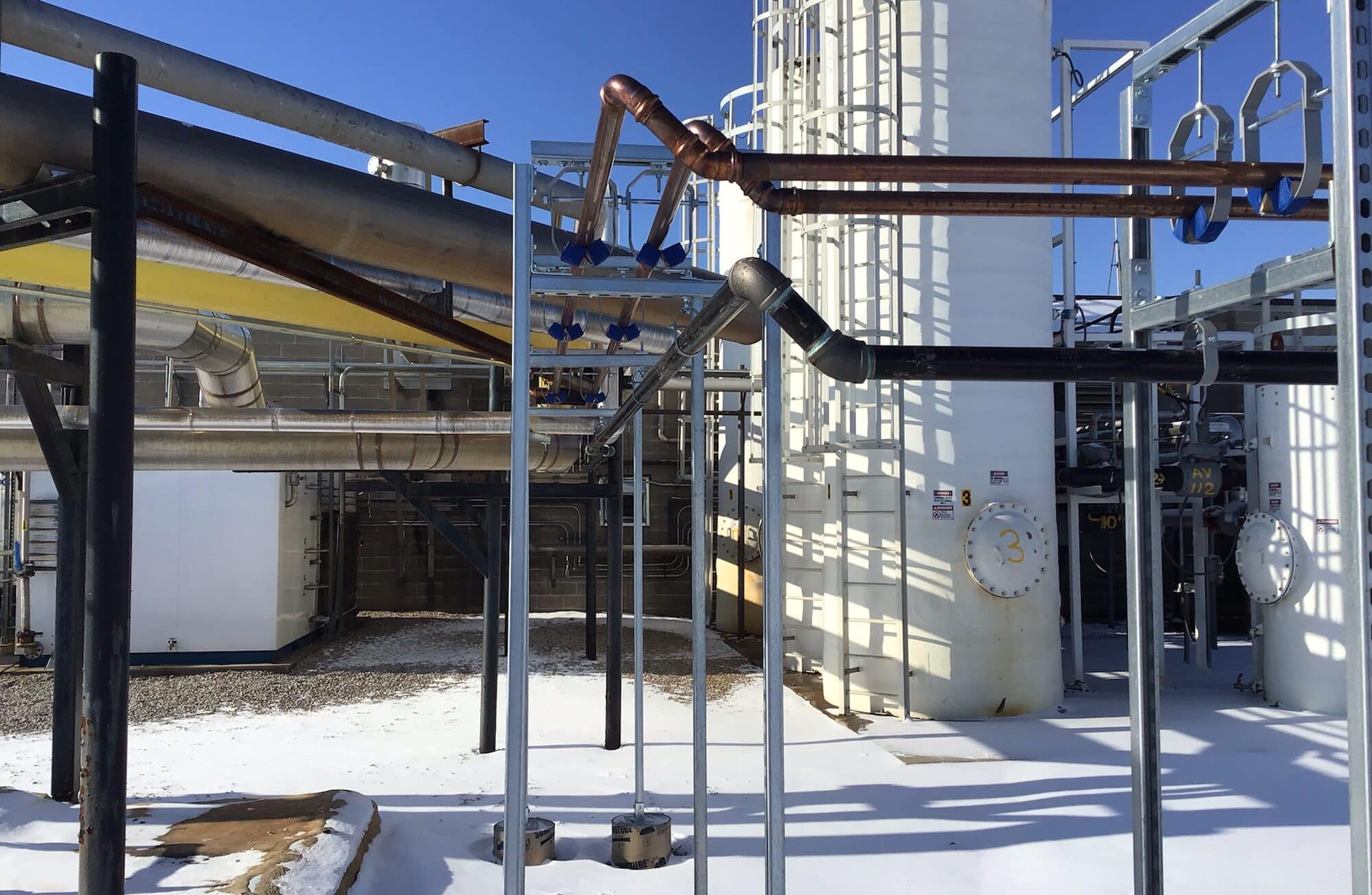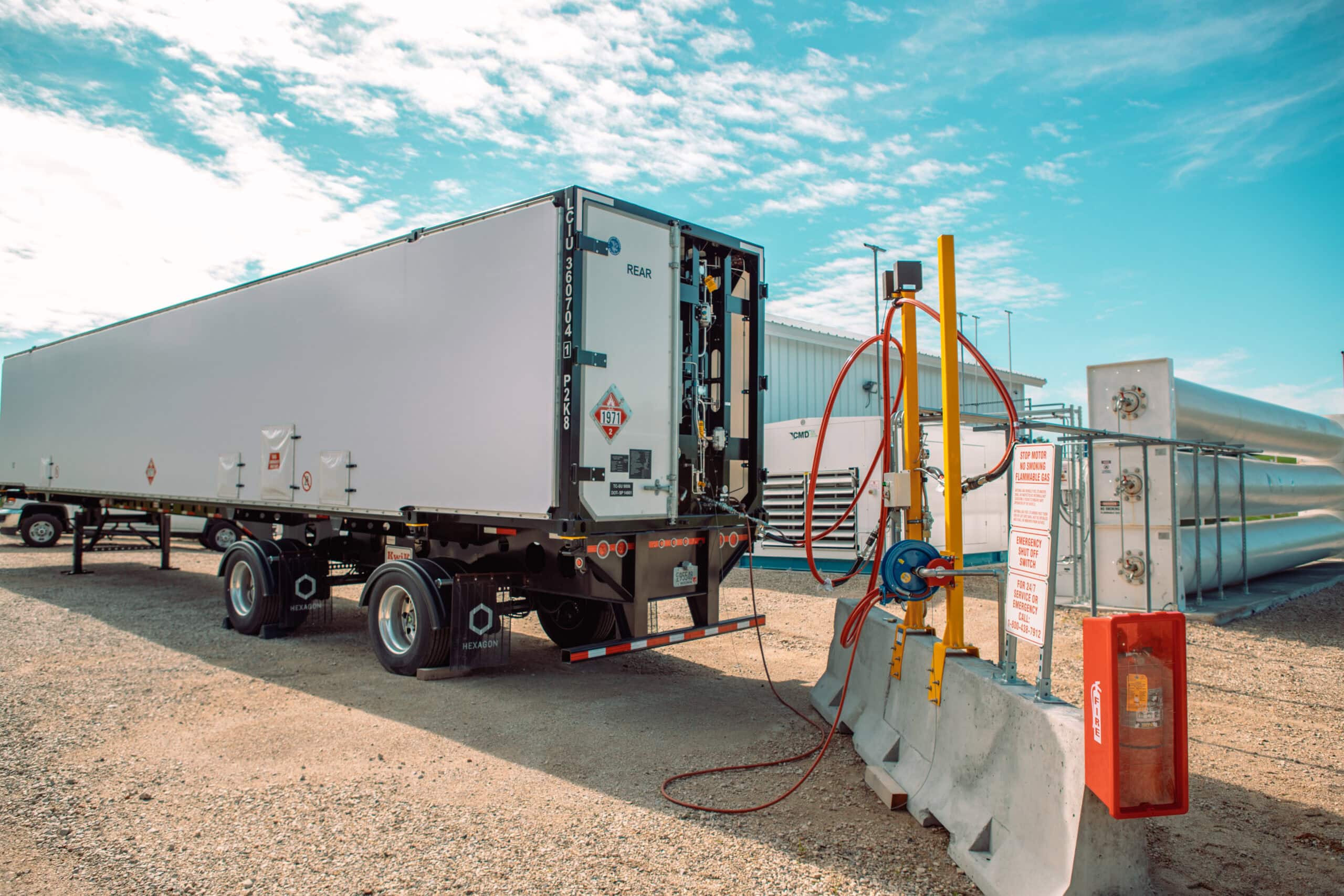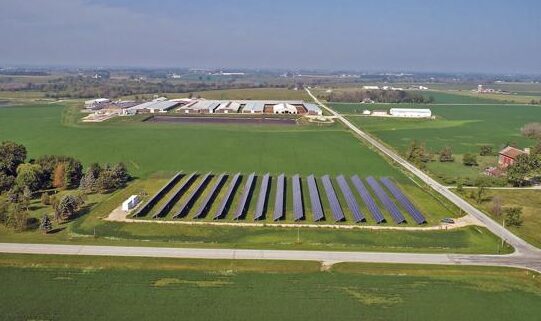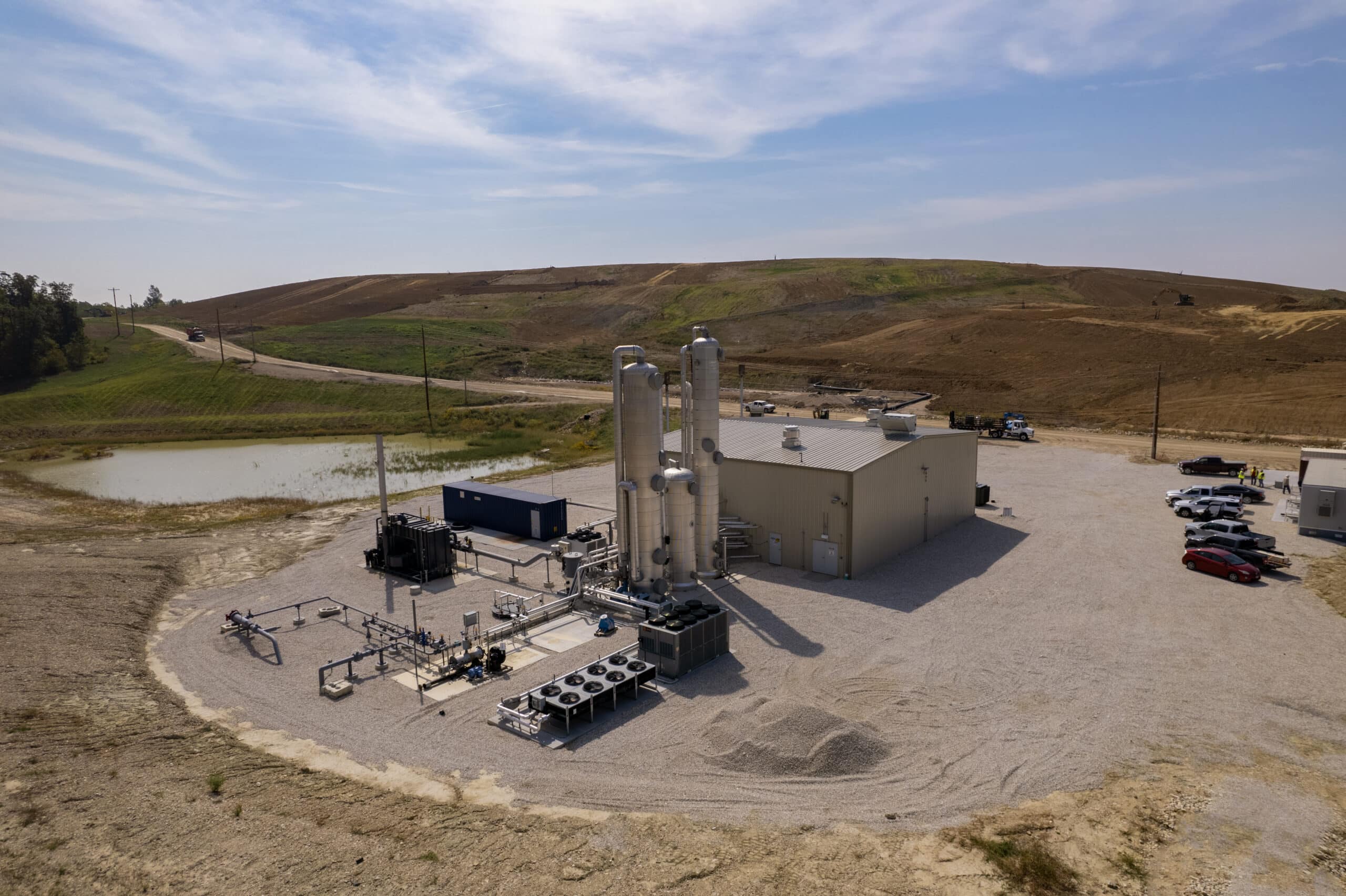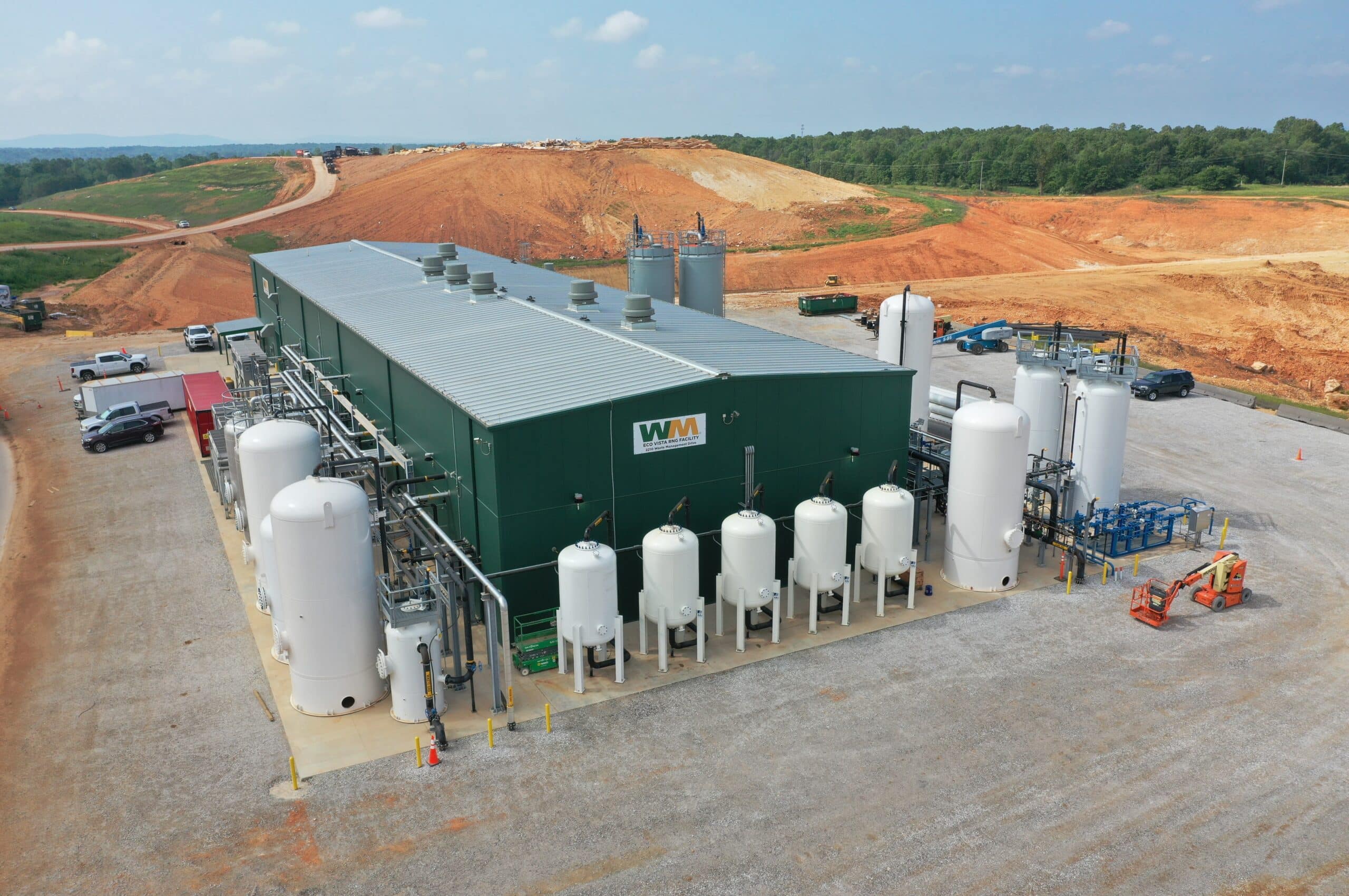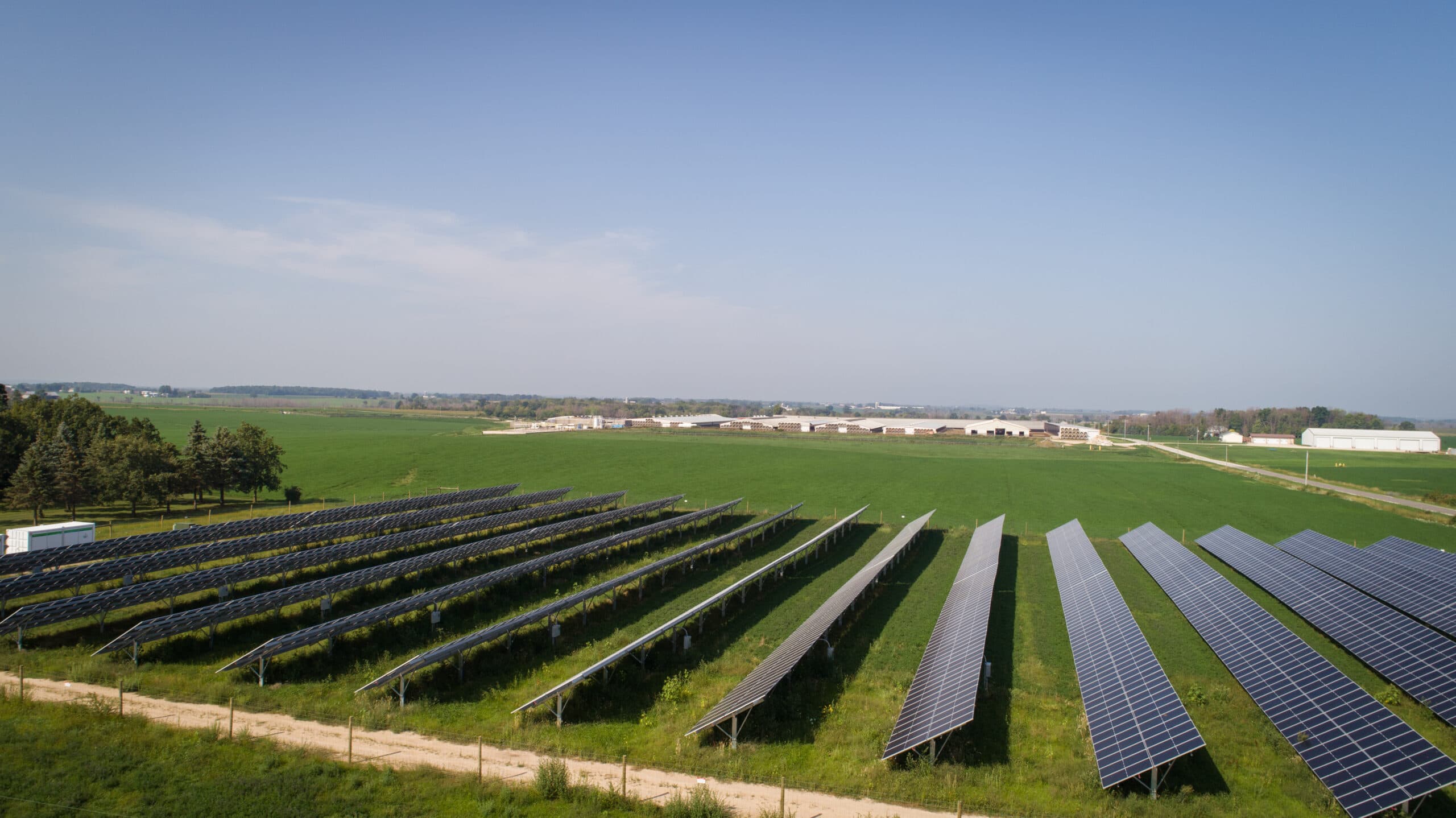Education Center / 3 Things That Can Disrupt Your RNG Digester in the Winter
Blog
Category: Renewable Natural Gas
3 Things That Can Disrupt Your RNG Digester in the Winter
During the winter season (particularly in northern parts of North America), anything that’s outside should be heated and insulated. What you skip will ultimately end up freezing or not working as intended. When it’s a frozen garden hose, while inconvenient, the stakes are low. However, when you have an RNG digester that’s processing roughly 100,000 gallons of manure a day, the risk changes. Any disruption impacts the amount of manure that’s able to be converted to renewable natural gas (RNG)—eventually decreasing the amount of gas brought to market.
So, what can be done? What should digester owners and operators monitor as temperatures begin to fall? What can be prevented? Here are the top three disruptors that can impact your RNG digester and its output during the winter months:
1. AVOID ANY INFLUX OF COLD MATERIALS INTO THE DIGESTER
Simply put, digester production depends greatly on two variables: temperature and input. Digesters work best when the right amount of manure is coming in from the barn at the right temperature. Once manure is added to the digester, it will be heated to a temperature of ~101°F. In warmer months, this isn’t an issue since the manure is entering the digester at 60-70°F. However, in winter, the incoming manure is 30-35°F which can shock the digester—in turn, reducing gas production.
So, what can be done? The first solution is the easiest to implement: avoid introducing a lot of cold material into the digester at once (a surge flow). Instead, you should slowly trickle it in throughout the day, only doing a few gallons at a time. The next solution requires additional technology: preheating the manure prior to it going into the digester. There are various ways in which this can be accomplished—you’ll just have to evaluate what makes sense for your unique project needs.
2. INSULATE TO PREVENT GAS AND MANURE LINES FROM FREEZING
As temperatures fall, the concern for freezing increases—whether pipes, gas lines, or beyond. With RNG digesters, it’s no different. The raw gas that comes off the digester contains a lot of water. Going from ~100°F in the digester to 35-40°F in the processing plant, the water separates from the gas, drops off in the pipe, and then freezes. You’ll notice that most issues occur once the outside temperature falls below 0°F.
But you can be proactive to prevent the likelihood of this happening at your RNG digester. How? Take yourself as an example. When the temperatures are sub-zero, what would you choose: gloves or hand warmers? Why not both? In this case, the process is no different. First, you can apply heat tape to your pipes to help draw electricity. After that, add blankets with glycol circulation and finish with your layers of insulation. Together, these measures will help your pipes hold a higher temperature, closer to 70°F, and avoid freezing.
3. BE AWARE OF SEASONAL CHANGES IN FEEDSTOCKS FROM SUMMER TO WINTER
With all the above considered, another factor can be feedstock. What your cows eat can make a slight difference in the amount of gas produced. During the summer, cows are fed fresher materials and receive a lot more water whereas, in the winter, cows are fed what’s been stored for them and generally take in less water. Because of this, you may experience a slight decrease in gas production during the winter. While you can add some supplements back into the cow feed, there is not a whole lot of influence you can have here.
NEXT STEPS?
Now that you know three things that can disrupt your gas production and operations during winter, you can take the necessary steps to avoid them. If you need help with your digester (existing or future) and gas offtake, we’re here to help.

